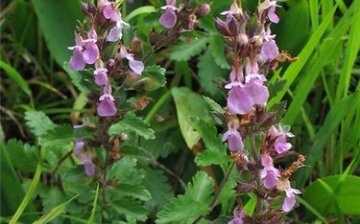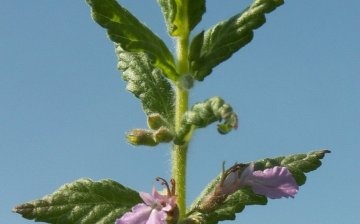Dubrovnik herb: a useful garden decoration
There are 25 species of Dubrovnik, of which three are found in Russian territories. These are white-toment dubrovnik (shrub), common and garlic (herbs). They are used for dyeing wool and silk, but they are most widely used in medicine and horticulture.
The common Dubrovnik herb is found in the forest, steppe, on rocky slopes, and also in some gardens as an ornamental plant. This plant is absolutely unpretentious. It tolerates sun and shade equally well. Hibernates without shelter. Undemanding to the composition of the soil. Common Dubrovnik blooms all summer. In addition to decorating alpine slides and borders, it is used to treat many diseases:
- Broth - astringent, diaphoretic, laxative, antifebrile remedy, for anemia, for flatulence.
- Tinctures - antidiarrheal, diuretic, from hemorrhoids, furunculosis, purulent wounds and eye diseases.
- Alcoholic extract - increases the tone of the myometrium, has an antibacterial effect.
- Fresh herb (flowering) - used in homeopathy.
Garlic Dubrovnik herb prefers swampy areas, river and lake banks, damp meadows and saline soils. Has an equally wide range of applications:
- Broth - for the treatment of the spleen, to accelerate wound healing, for compresses and lotions.
- Infusion - for heartburn, belching, hemorrhoids, flatulence, helminths, as well as a diuretic and an appetite-improving agent.
- Extract - used for lupus, actinomycosis, lymphadenitis.
- Fresh herb (flowering) - in homeopathy and for making soups as a spice.
Whatever the temptation to improve your health with the help of Dubrovnik, it is undesirable to do it without consulting a doctor. But you can grow it in your garden without consulting anyone.






